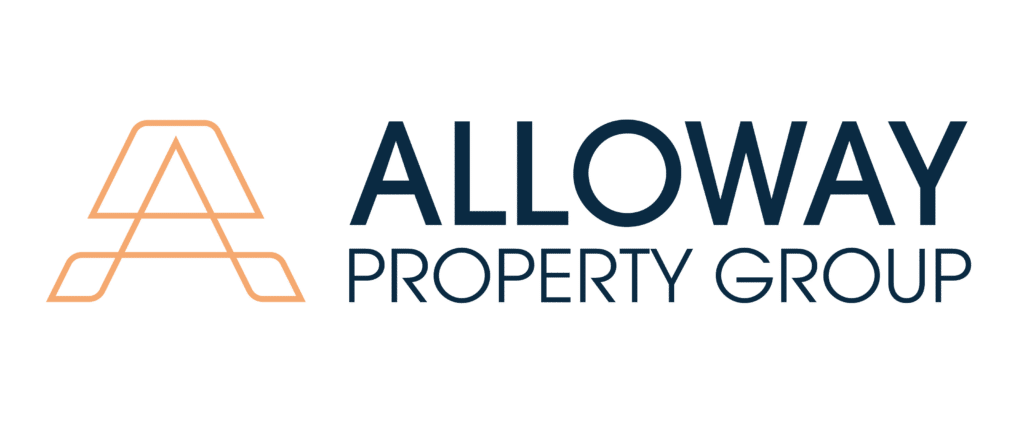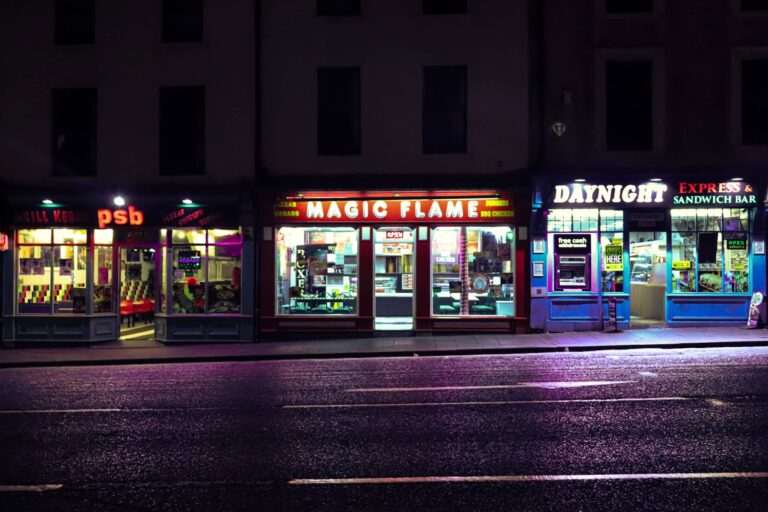How many times have you been searching for your next home or renovation project, and seen the words “Legal Non-Conforming” in the MLS Listing?
You’re not alone. In 2020, there were hundreds of listings that mentioned something along these lines.
As an agent, I have to admit that its tempting to use this term as a catch-all when I am unsure (or unwilling to research) the legality of a particular aspect of the property. After all, the city hasn’t come around and shut it down, so it must be legal…right?
WRONG.
Just because something exists, DOESN’T make it legal. (See: Legal Basement Apartments…and start realizing just how many are illegal!)
Let’s break down the idea into its simplest parts.
Conforming vs Non Conforming
A property is considered “conforming” when it falls within the current municipal zoning by-laws. This can include:
- Having a total above-grade square footage below the gross floor area (GFA).
- Being built within the right setbacks.
- Possesses the correct number of dwelling units.
- Has a use that falls within the permitted uses.
Any property that fails to meet the obligations of municipal zoning by-laws is considered “Non Conforming”.
Legal vs Illegal
In order to be considered legal, a property must have been granted an occupancy permit or compliance certificate (for example, retrofit) by the appropriate municipalities.
This is where it gets a bit confusing. A property could be granted the permits if, presumably, it is built within the (then) current zoning by-law specifications. When the zoning by-laws for the area change, the property does not lose its legal status, but is dubbed “non-conforming” as it does not fit with the official plan as amended by the governing authorities.
However, an owner could also apply to the municipality for a Zoning By-Law Amendment (ZBA) OR a minor variance. Together, these two applications could mean the building is granted legal status though it did not comply with the current by-laws.
There is an important distinction to be made here. Properties that do not conform to standards may or may not be permitted to continue. This depends on the ruling of the municipality. However, if a property or structure is deemed illegal, it should not be continued to use for any purpose until rectified.
The Implications of Non-Conforming
It is important to understand that a property with legal non-conforming status is not granted “carte blanche” when it comes to future use. For example, a commercial property (such as a retail store) with an approved use as a retail store might be allowed to continue to be a store long after the block’s re-zoning to residential.
Some municipalities would even allow for future modifications and renovations whilst allowing the legal non-conforming status to continue. This would be referred to as a non-conforming use.
However, a future owner could not convert that retail store into another non-conforming use, such as a manufacturing facility.
The use of the property which contravenes the zoning by-law, even if legally granted, cannot be converted to another non-conforming use as of right.
This is where much of the misuse of the term in Real Estate is found. Agents will tell clients and customers that, since this property has non-conforming status, a change to any use would be permitted as of right.
If a portion of a property does not conform (for example, a non-conforming suite), then the entire property is deemed not to conform.
Change of Ownership & Continued Misuse
The second most common form of misuse of the term is in the perceived legal status of a property. A change of ownership does not automatically grant shelter to the new owner for a non-conforming, illegal use. The property does not automatically become legal non-conforming because the previous owner was illegally using it as such.
Often, agents will represent that the sale of the property grants immunity to the buyer for the continued illegal non-permitted use of the subject property.
This situation also poses a unique challenge to the Seller as well. The OREA Agreement of Purchase and Sale, clause 8, specifically stipulates that the Seller warrants the present use of the property can be lawfully continued.
This could pose serious ramifications to the seller. Even if you’re confident that the use complies with zoning by-laws, selling a property without knowledge could lead to a series of problems following closing.
For example, say you purchase a property with a Basement Apartment. Most secondary suites are permitted in residential buildings in Ontario. However, if the second dwelling unit is deemed illegal (for example, due to low ceiling height), conforming status does not matter. The new owner could be faced with orders to remove the suite, or undergo costly basement underpinning.
To further complicate the issue, use of the structure can dictate whether it conforms. For example, a long term lease in a secondary suite is usually permitted, though, in Toronto, these units cannot be used for short term rentals.
Avoid Problems with Non-Conforming Structures
Although the consequences for dealing with illegal structures can be extensive, it shouldn’t sway you from considering them for use or investment. Legal, non-conforming structures can not only provide the diversity and flexibility that other properties cannot, but they can also provide a certain uniqueness to the neighbourhood. At times, this special situation may increase a property’s value (since one wouldn’t be able to replicate it legally).
When Looking to Sell a Non-Conforming Structure
- Contact your municipality’s zoning department and enquire about the legal status of the property. Ask for details on what the old zoning by-law entailed, and when it was changed. The more information you have, the better prepared you will be to answer questions of prospective buyers.
- Ask for a Compliance Letter from the city or town’s building department. This will indicate whether or not the property did comply with zoning by-laws at the time of construction, and whether any open permits or orders from the city exist.
- If you discover that your property is illegal, ask the town what could be done to make it legal. Often times a city will grant an appeal if the structure can conform to the city’s official plan. History of use is also taken into account here.
When Looking to Buy a Potentially Non-Conforming Structure
- Inquire with the seller about the legality of the structure. Take the same precautions as if you already owned it. If the seller is unwilling or unable to cooperate with the requests above, it is likely not worth your time. Do not fall into pressures or traps, such as multiple offer situations.
- Ask yourself if the use will be continued or converted. Remember, conversion of one non-conforming use to another is not permitted.
Legal Non-Conforming structures can be an excellent way to diversify an investment portfolio. They often exist as unique structures or landmarks within neighbourhoods. With the proper precautions, dealings in legal non-conforming structures can be both a rewarding and enjoyable way to hold Real Estate.
Questions about this article? Contact Us.





